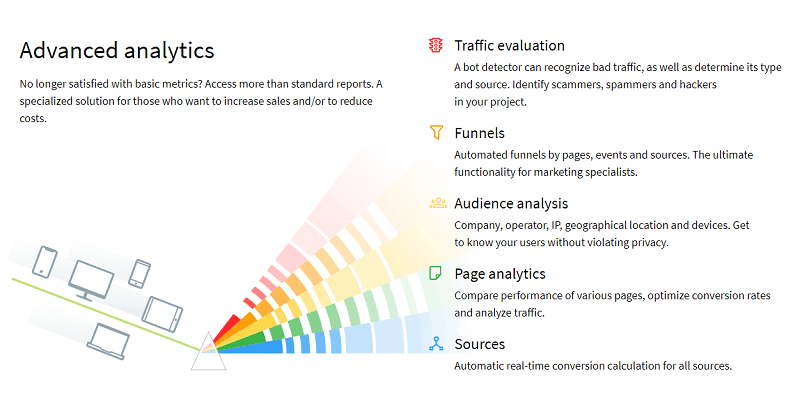Nowadays, more than 50% of the global population speaks at least two languages and can easily access cultural productions from all over the word. Yet, when it comes to master a country-specific language and its cultural codes, it is much more complex.
For this reason, translating your website might not be enough, and you may consider having it localized and optimized. Localization aims to adapt contents to the target audience’s linguistic and cultural features.
Table of Contents
Adapting the Vocabulary and the Grammar to Your Target Country

When it comes to translating the website of an automotive company, the localization specialist will rather use the word “coche” if the company is targeting Spain, and “carro” if they want to sell in Mexico or in Colombia.
The same goes with the grammar. For example, when addressing someone, Spanish speakers usually make the difference between “tú” (informal context) and “usted” (formal context).
However, for the Argentinian or Uruguayan version of a website, the target audience will be more receptive if you use “vos” instead of “tú”. They will feel that you are addressing them directly, using their local way of speaking.
Choosing the Right Color
One single color can have different meanings according to the culture. For example, in Occident, black is the color of mourning; whereas in India or China, it is white.
MacDonald´s, one of the pioneers of marketing strategy, takes the colors very seriously. Indeed, the brand had to adapt its logo in some countries. For example, in France, the famous “M” is yellow on a green background; and in the United States, it is yellow on a red background. This is due to the fact that McDonald’s was criticized in France because it was strongly associated with junk food; the industrial aspect of the brand did not fit very well into the French culture. In the United States, home country of the restaurant chain, this image of the company was better accepted.
Prioritizing Powerful Images

Beyond the fact that the images you choose have to catch the eye of the web users, it is essential that your target clients see themselves in the pictures. For example, if you launch an ad campaign in Italy, and you only present blond characters with blue eyes, your message will be less efficient as the Italian consumers identify more easily with Mediterranean people.
However, in the hyper connected world we live in, it is important to be careful with this adaptation as it can offend some people; which will have the opposite effect and discredit your brand.
It is exactly what happened in 2012 when IKEA, the furniture giant, ended up at the heart of the polemic because they removed all the female characters from their catalogue for Saudi Arabia. In their attempt to respect the customs of the country, the brand attracted the wrath of web users and politicians from all around the world and was accused of not respecting the principles of gender equity.
Putting the Information at the Right Place
According to studies carried out about “eye-tracking”—concept of following the eye movements of the web user—the location of key information varies with the cultures.
For example, the structure and the quantity of information in a menu can be very different from one country to another.
Translators sometimes have to remove or to add details, or to change the entire tree of the content, which can be difficult for the client to understand.
Optimizing Your Website
Today, the vast majority of the researches are done via a search engine; this is why it is fundamental that the SEO robots find your website and put it on their first results page. In order to do so, the robots analyze the keywords contained in your texts, the formatting and the tags invisible to the user.
On the top of that, they take into account the external links that redirect the users to your own web pages. For example, if a reference site in your sector has a link redirecting to your website, it means that your content is valuable and you will get a higher position in the results of the search engines.
Our marketing strategists, whose objective is to enhance the visibility of their brand, describe our world as a “Global Village”. This is the reason why a simple translation of a website into several languages is not enough anymore to distinguish itself from the competition. The localization and the SEO friendly translation of a website are essential steps to reach the target audience.






















Hello
Erik,
Always feels good to read your post. Earlier, I read your post on utilizing blog to increase online reputation that was so nice. This time another informative post.
All the points are very effective in blogging field. Here, I have learned many things.
Thank you for sharing with us.
Best wishes,
Praveen verma
Hi Erik,
Great tips, Optimizing our website for SEO robots is very essential!
Thanks for sharing!
A successfully localised can drive your business into new language markets. Partnering with an experienced localization partner will save both time and costs in the long run — and ensure that your project launches on time. Visit our website translation services today or explore our portfolio to see how we can help you with your web localization needs.
Giving priority for local seo optimization is a great thing to acquire a good ranking position on search engines like Google, for local keywords like geographical tail keywords.
Keep up the good work!! will be waiting for the next article on: “Does PBN link building boost a website rankings?”
Waiting for your reply…
Cheers!!